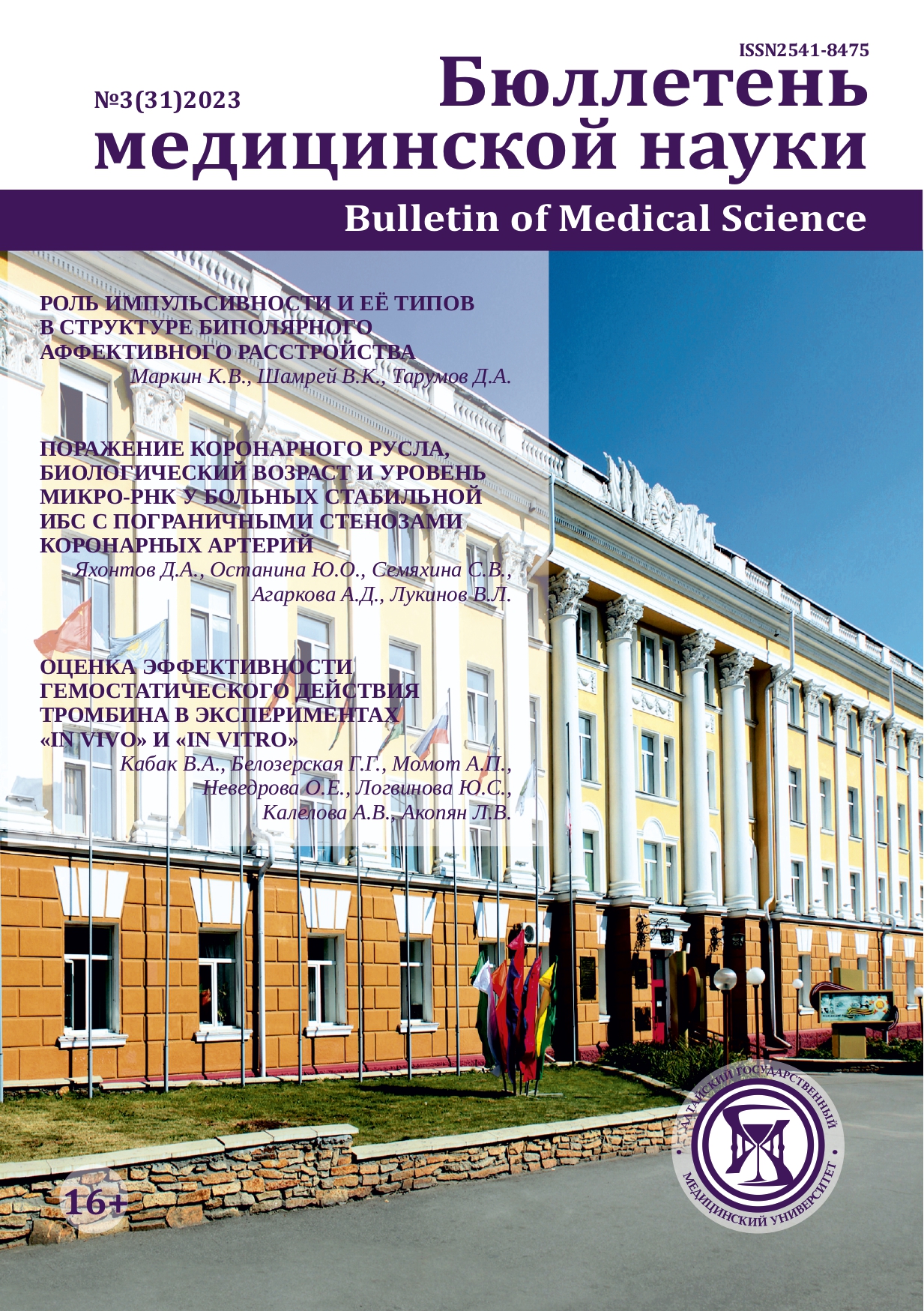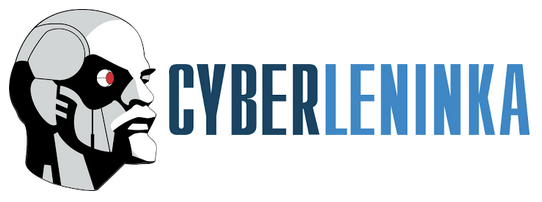RESULTS OF HEALING BURN WOUNDS USING WOUND DRESSINGS BASED ON BACTERIAL CELLULOSE IN THE EXPERIMENT
UDC 616-001.4-001.17:615.468
DOI:
https://doi.org/10.31684/25418475-2023-3-19Keywords:
deep skin burns, experimental studies, wound dressings, bacterial cellulose, wound epithelialization, microbial contaminationAbstract
Purpose of the study: in experimental studies to evaluate the effectiveness of healing and changes in the microbial spectrum of deep burn wounds during their treatment using wound dressings based on bacterial cellulose. Materials and methods. The object of the experimental studies was 60 Wistar rats, which formed a deep skin burn. All animals were divided into 3 groups, of which in group 1 (n=20) burn wounds were treated with pure wet bacterial cellulose (BC) wound dressings, in group 2 (n=20) BC was used with exposure to a 1% chlorhexidine and in group 3 (n=20) traditional treatment was performed with Levomekol ointment. On days 5, 10, 15, 20, 28 in the groups, the area of the wound surfaces, the dynamics of their decrease, and the microbial spectrum were studied. Results and conclusions. We registered that wound dressings based on wet bacterial cellulose, applied in pure form and with exposure to an antiseptic (1% chlorhexidine solution) for 28 days, increase the healing rate of burn wounds by an average of 18% compared to the traditional treatment group. The formed scab over the wound, when BC dries, provides the wound surface with a mechanical protective barrier that prevents injury to emerging dermal cells, microbial contamination and thereby increases the rate of epithelialization in a closed environment.
Downloads
References
Downloads
Published
How to Cite
Issue
Section
License
Copyright (c) 2023 Андрей Николаевич Жариков, Александр Руштиевич Алиев, Ольга Владимировна Орлова, Любовь Габдулбариевна Дворникова, Олеся Николаевна Мазко, Олеся Геннадьевна Макарова, Василий Валерьевич Прокопьев, Наталья Михайловна Семенихина

This work is licensed under a Creative Commons Attribution 4.0 International License.












